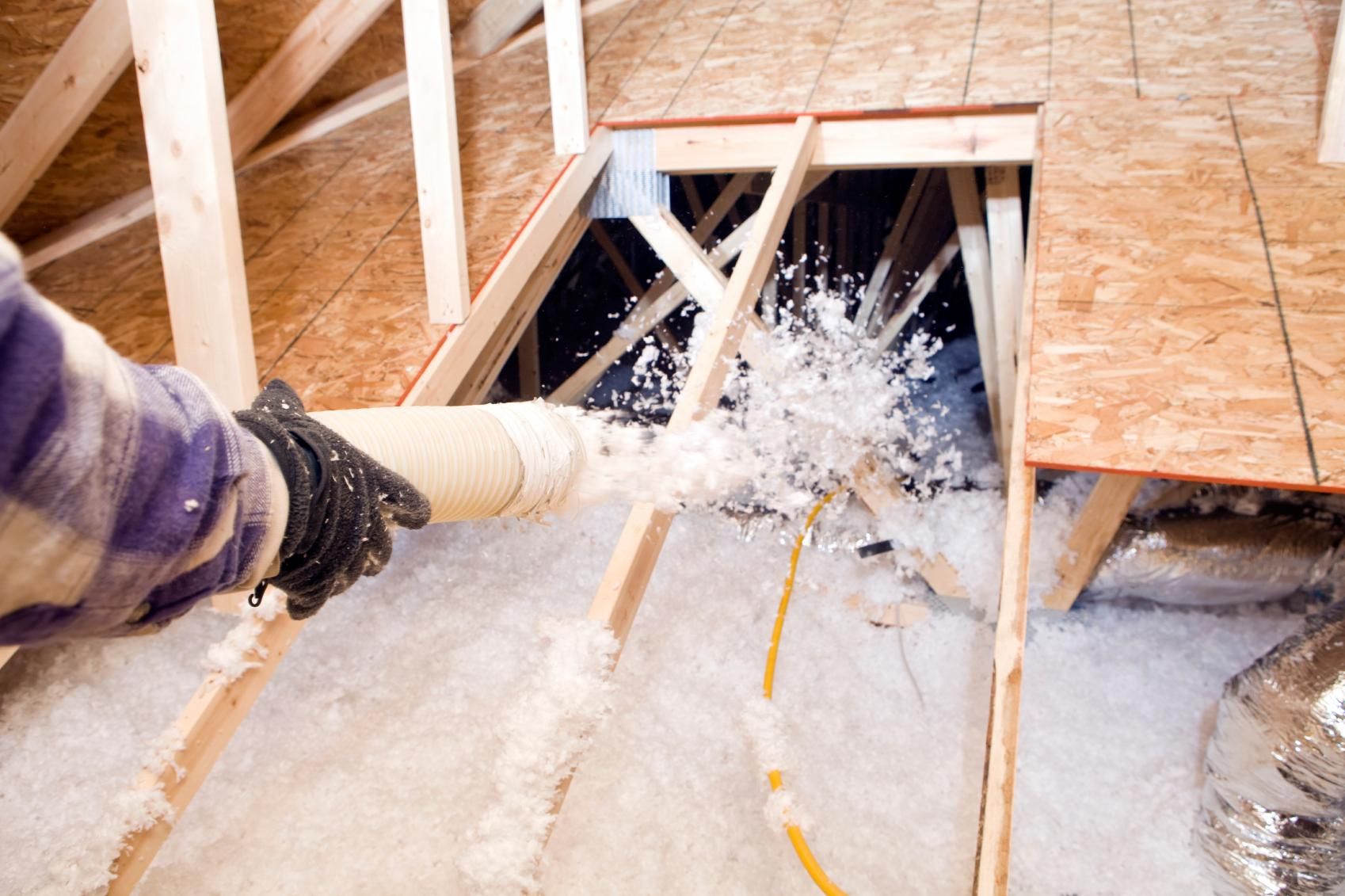

Articles
What R-Value Is Blow-In Insulation
Modified: August 31, 2024
Learn about the R-value of blown-in insulation in this informative article. Find out how it can improve your home's energy efficiency and save you money.
(Many of the links in this article redirect to a specific reviewed product. Your purchase of these products through affiliate links helps to generate commission for Storables.com, at no extra cost. Learn more)
Introduction
When it comes to insulating your home or building, there are several options available. One popular choice is blown-in insulation, which offers numerous advantages over traditional insulation methods. Blown-in insulation is a cost-effective and energy-efficient solution that can greatly improve the comfort and energy efficiency of any space.
In this article, we will explore what blown-in insulation is, its thermal resistance value (R-value), the factors that influence its R-value, as well as the benefits, applications, and installation process of this insulation type. We will also compare blown-in insulation with other forms of insulation, discuss the cost considerations, and touch on its maintenance and sustainability.
So, whether you are planning to insulate a new construction project or looking to upgrade the insulation in your existing property, read on to discover why blown-in insulation may be the right choice for you.
Key Takeaways:
- Blown-in insulation offers superior thermal resistance, soundproofing, and fire resistance, making it a versatile and cost-effective choice for enhancing comfort and energy efficiency in homes and buildings.
- Proper installation and material selection are crucial for achieving the desired R-value and maximizing the benefits of blown-in insulation. Consider factors such as moisture management and sustainability to ensure long-term performance and environmental impact.
Read more: What Is The R-Value In Insulation
What is Blown-In Insulation?
Blown-in insulation, also known as loose-fill insulation, is a type of insulation material that is installed by blowing or spraying it into walls, attics, or other spaces. It is composed of loose fibers, such as fiberglass, cellulose, or mineral wool, which are designed to create a thermal barrier that reduces heat transfer between the inside and outside of a building.
The key advantage of blown-in insulation is its ability to fill even the smallest gaps and crevices, ensuring complete coverage and minimizing the risk of thermal bridging. This makes it an excellent choice for insulating irregularly shaped spaces or areas with obstacles, such as pipes, wires, or ductwork.
Blown-in insulation offers excellent soundproofing properties, reducing noise transmission between rooms and from the outside. It is also resistant to moisture and mold, providing long-lasting protection for your home.
There are different types of blown-in insulation materials available:
- Fiberglass: Made from fine glass fibers, which provide excellent thermal performance.
- Cellulose: Made from recycled paper fibers and treated with fire retardants. It is an eco-friendly option with good insulation properties.
- Mineral Wool: Made from basalt, rock, or slag fibers and is resistant to fire, moisture, and pests.
The choice of material will depend on various factors, such as your budget, desired R-value, and any specific requirements you may have.
Next, let’s delve into the concept of R-value and how it applies to blown-in insulation.
Understanding R-Value
R-Value is a measure of the thermal resistance of an insulation material. It quantifies how effectively the insulation resists the transfer of heat, with higher R-values indicating better insulation performance.
For blown-in insulation, the R-value depends on the type of material used and the thickness or density of the installed insulation. The higher the R-value, the better the insulation’s ability to prevent heat flow and maintain a comfortable and energy-efficient indoor environment.
It’s important to note that the R-value can vary depending on the specific conditions of the installation, such as the temperature, moisture levels, and any compression or settling of the insulation over time. Therefore, it’s crucial to consider the manufacturer’s specifications and recommendations when determining the appropriate R-value for your insulation project.
When choosing a blown-in insulation material, consider the climate of your region and the desired level of thermal protection. Cold climates typically require higher R-values to effectively insulate against the colder temperatures, while milder climates may require lower R-values. Consulting with a professional insulation contractor can help you determine the ideal R-value for your specific needs.
Keep in mind that achieving a higher R-value may require a thicker layer of insulation, which could impact space restrictions or affect the aesthetics of your building. Balancing the desired level of insulation with practical considerations is crucial for a successful insulation project.
Factors Influencing R-Value in Blown-In Insulation
The R-value of blown-in insulation is influenced by several factors:
- Type and density of insulation material: Different materials have different R-values, and the density of the insulation can affect its effectiveness.
- Installation technique: Proper installation is critical to achieving the desired R-value. Blown-in insulation should be evenly distributed and free from gaps or voids.
- Moisture levels: Excessive moisture can reduce the insulating performance of certain materials, resulting in a lower effective R-value.
- Compression or settling: Over time, some insulation materials may compress or settle, reducing their thickness and thus lowering the R-value.
Understanding these factors can help you make informed decisions when selecting blown-in insulation and ensure that you achieve the desired level of thermal resistance for your building.
Factors Influencing R-Value in Blown-In Insulation
The R-value of blown-in insulation can be influenced by several factors, each of which plays a crucial role in determining the insulation’s effectiveness and thermal resistance. By understanding these factors, you can make informed decisions and ensure the optimal performance of your insulation.
1. Type and Density of Insulation Material:
The type of insulation material used in blown-in insulation can significantly impact the R-value. Different materials, such as fiberglass, cellulose, or mineral wool, have varying thermal properties. Fiberglass, for example, typically has a higher R-value per inch compared to cellulose. Additionally, the density of the installed insulation can also affect its R-value. Higher-density insulation tends to provide better thermal resistance.
2. Installation Technique:
The proper installation technique is crucial to achieving the desired R-value in blown-in insulation. The insulation should be evenly distributed throughout the area, without any gaps or voids. An experienced insulation professional will ensure that the insulation is installed correctly, maximizing its thermal performance.
3. Moisture Levels:
Moisture can have a significant impact on the R-value of certain insulation materials. When insulation materials become wet, their thermal resistance can be reduced. It is essential to address any moisture issues in the installation area before installing blown-in insulation to maintain its optimal performance. Additionally, some insulation materials, such as mineral wool, are naturally resistant to moisture and can maintain their R-value even in damp conditions.
4. Compression or Settling:
Over time, some insulation materials may compress or settle, reducing their thickness and, consequently, their R-value. This compression can occur due to various factors, such as vibrations, foot traffic, or structural settling. It is important to choose insulation materials that are less prone to settling and monitor the insulation periodically to ensure it maintains its desired thickness and thermal resistance.
5. Air Leakage:
Air leakage can significantly impact the effectiveness of blown-in insulation. Even with high R-value insulation, if there are gaps or cracks that allow air infiltration, the insulation’s thermal performance can be compromised. Proper air sealing measures, such as sealing gaps around doors and windows, installing weatherstripping, and sealing ductwork, should be implemented alongside blown-in insulation to maximize energy efficiency.
By considering these factors and working with a knowledgeable insulation professional, you can ensure that your blown-in insulation achieves the desired R-value and provides effective thermal resistance for your home or building.</p
Benefits of Blown-In Insulation
Blown-in insulation offers numerous benefits that make it a popular choice for homeowners and builders alike. From energy efficiency to noise reduction, here are some of the key advantages of using blown-in insulation:
1. Excellent Thermal Performance:
Blown-in insulation provides exceptional thermal resistance, helping to keep your home or building comfortable throughout the year. It creates a barrier that prevents heat transfer, reducing the reliance on heating and cooling systems and lowering energy consumption.
2. Versatile and Efficient Installation:
Blown-in insulation can be easily installed in various areas, including attics, walls, and crawl spaces. Its ability to conform to different shapes and fill gaps ensures complete coverage, eliminating thermal bridges and improving the overall insulation performance.
3. Energy and Cost Savings:
With its high thermal resistance, blown-in insulation effectively reduces heat loss in the winter and heat gain in the summer. This leads to energy savings and lower heating and cooling costs, making it a cost-effective investment in the long run.
4. Soundproofing Qualities:
Blown-in insulation helps to minimize sound transmission between rooms and from the outside. It can significantly reduce noise from appliances, footsteps, or outdoor disturbances, enhancing the comfort and tranquility of your living or working space.
5. Fire Retardant Properties:
Blown-in insulation materials, such as cellulose and mineral wool, are treated with fire retardants, making them resistant to flames and reducing the spread of fire. This contributes to the overall safety and protection of your property.
6. Eco-Friendly Option:
Many blown-in insulation materials are made from recycled and sustainable materials, such as recycled paper fibers or natural minerals. Choosing eco-friendly options helps reduce waste and minimizes the environmental impact of the insulation installation.
7. Low Maintenance:
Once properly installed, blown-in insulation requires minimal maintenance. Unlike traditional insulation materials, it does not settle or break down over time, ensuring long-lasting performance and insulation benefits.
8. Improved Indoor Air Quality:
Blown-in insulation resists mold and moisture, helping to maintain a healthy indoor environment. It also reduces the infiltration of allergens, dust, and pollutants, contributing to better indoor air quality.
Overall, blown-in insulation offers a range of benefits that improve energy efficiency, comfort, and cost savings. Consult with an insulation professional to determine the best blown-in insulation option for your specific needs and enjoy the advantages it brings to your home or building.
Read more: What Is The R-Value Of Fiberglass Insulation
Common Applications of Blown-In Insulation
Blown-in insulation is a versatile insulation option that can be used in various areas of your home or building. It is commonly applied in the following applications:
1. Attic Insulation:
The attic is one of the primary areas where heat gain and heat loss occur. Blown-in insulation can be installed in attics to create a thermal barrier, reducing energy transfer and maintaining a more consistent temperature throughout your home. It is an ideal choice for attics with irregular shapes or hard-to-reach areas.
2. Wall Cavity Insulation:
Blown-in insulation can be used to insulate the walls of both new constructions and existing buildings. By filling the wall cavities with blown-in insulation, you can enhance the energy efficiency of your home, reduce heat transfer, and improve overall comfort.
3. Floor and Crawl Space Insulation:
Cold floors and crawl spaces can lead to discomfort and energy loss. Blown-in insulation can be applied to insulate floors and crawl spaces, providing effective thermal resistance and preventing drafts or moisture infiltration.
4. Soundproofing:
Blown-in insulation can be used as a soundproofing solution, reducing noise transmission between rooms or from external sources. It helps to create a quieter and more peaceful environment in residential or commercial buildings.
5. Retrofitting Existing Insulation:
Blown-in insulation is an excellent choice for retrofitting existing insulation. It can be added to supplement or replace inadequate or damaged insulation, improving energy efficiency and comfort in older buildings.
6. New Construction:
Blown-in insulation is a popular choice for new construction projects. Its ability to fill small gaps and hard-to-reach areas ensures complete coverage and thermal efficiency from the start, providing long-term energy savings.
Each application of blown-in insulation requires careful consideration of the type of insulation material, desired R-value, and proper installation techniques. Consulting with an insulation professional will help you determine the best approach for your specific application and ensure optimal insulation performance.
When choosing blown-in insulation, consider the R-value needed for your climate and the space you are insulating. Higher R-values provide better insulation. Check local building codes for minimum R-value requirements.
Installation Process of Blown-In Insulation
The installation process of blown-in insulation involves several steps to ensure proper coverage and optimal thermal performance. While it is recommended to hire a professional insulation contractor for the job, understanding the basic installation process can help you make informed decisions and monitor the quality of the installation. Here is an overview of the typical installation process:
1. Preparation:
Before installing blown-in insulation, the area to be insulated should be prepared. This involves removing any existing insulation, ensuring proper air sealing, and addressing any moisture or structural issues.
2. Material Selection:
Choose the appropriate blown-in insulation material based on your specific needs, requirements, and desired R-value. Consider factors such as insulation performance, fire resistance, eco-friendliness, and any local building code regulations.
3. Equipment Setup:
The insulation contractor will set up the required equipment, which typically includes a blowing machine or sprayer. The machine is used to apply the insulation material into the designated areas.
4. Installation Process:
The insulation installer will carefully blow or spray the insulation material into the targeted areas, such as attics, walls, or crawl spaces. They will ensure even distribution and coverage while paying attention to seams, corners, and hard-to-reach places.
5. Thickness and Density Control:
To achieve the desired R-value, the installer will monitor the thickness and density of the blown-in insulation during the installation process. They will adjust the application technique and equipment settings accordingly to meet the specified insulation requirements.
6. Finishing Touches:
Once the insulation is evenly distributed throughout the designated areas, the installer will clean up any excess insulation material and ensure a neat and tidy finish. They may also perform a final inspection to check for any gaps or areas that might require additional insulation.
7. Post-Installation Evaluation:
After the installation is complete, it’s essential to evaluate the effectiveness of the insulation. This can include assessing the insulation’s thermal performance, conducting a home energy assessment, or performing a blower door test to measure air leakage and identify any areas for improvement.
Remember, the installation process may vary depending on the specific requirements of your project. Hiring a professional insulation contractor is highly recommended to ensure proper installation techniques, compliance with building codes, and optimal energy efficiency.
Comparing Blown-In Insulation with Other Insulation Types
When it comes to insulating your home or building, there are various insulation options available. Let’s compare blown-in insulation with other common insulation types to understand their key differences and benefits:
1. Blown-In Insulation vs. Fiberglass Batt Insulation:
– Installation: Blown-in insulation is installed by blowing or spraying the loose fibers into the desired area, ensuring complete coverage. Fiberglass batt insulation, on the other hand, consists of pre-cut pieces that need to be manually fitted into the designated spaces.
– Coverage: Blown-in insulation can fill gaps and hard-to-reach areas more effectively, providing better coverage and reducing thermal bridging. Fiberglass batts may leave gaps or allow for heat transfer if not properly installed.
– R-Value: Blown-in insulation and fiberglass batts can achieve similar R-values. However, blown-in insulation typically provides a higher level of thermal resistance due to its ability to evenly distribute the insulation material and fill gaps.
2. Blown-In Insulation vs. Spray Foam Insulation:
– Installation: Both blown-in insulation and spray foam insulation require professional installation. Blown-in insulation involves blowing or spraying loose fibers into the designated areas, while spray foam insulation is applied as a liquid that expands and hardens into a solid foam.
– Air Sealing: Spray foam insulation provides superior air sealing properties, creating an airtight barrier that minimizes air leakage and improves energy efficiency. Blown-in insulation may require additional air sealing measures to achieve the same level of airtightness.
– Versatility: Blown-in insulation can be easily applied to irregularly shaped areas and existing buildings. Spray foam insulation is typically used for new construction or major renovations and requires a specialized installation process.
3. Blown-In Insulation vs. Cellulose Insulation:
– Material: Blown-in insulation can be made from various materials, including fiberglass, cellulose, or mineral wool. Cellulose insulation is primarily made from recycled paper fibers treated with fire retardants.
– Fire Resistance: Cellulose insulation has better fire resistance properties compared to some other types of blown-in insulation. It is treated with fire retardants, making it less prone to ignition and slower to burn.
– Environmental Impact: Blown-in insulation can be an eco-friendly option, especially when using insulation materials made from recycled or sustainable materials. Cellulose insulation is predominantly made from recycled paper, making it an environmentally friendly choice.
Ultimately, the choice between blown-in insulation and other insulation types will depend on factors such as the application, budget, desired R-value, and specific requirements of your project. Consulting with an insulation professional can help you determine the most suitable insulation type for your needs.
Cost Considerations for Blown-In Insulation
When considering blown-in insulation for your home or building, it’s important to assess the cost factors associated with the insulation material, installation process, and long-term savings. Here are some key considerations:
1. Material Costs:
The cost of blown-in insulation materials can vary depending on the type and brand chosen. Fiberglass insulation is generally more affordable compared to cellulose or mineral wool. Consider the specific insulation requirements, R-value, and performance characteristics when selecting the material that fits your budget.
2. Installation Costs:
The cost of installing blown-in insulation will typically depend on factors such as the size of the area to be insulated, the accessibility of the installation site, and the complexity of the project. Hiring a professional insulation contractor is recommended to ensure proper installation and maximize the insulation’s effectiveness. The installation costs may vary, so it’s advisable to obtain quotes from different contractors.
3. Long-Term Energy Savings:
While blown-in insulation may involve some upfront costs, it offers significant long-term energy savings. By enhancing the energy efficiency of your home or building, blown-in insulation can reduce heating and cooling costs over time. The exact savings will depend on various factors, such as local climate, energy rates, and the insulation’s performance. Consider these potential energy savings when evaluating the overall cost-effectiveness of blown-in insulation.
4. Return on Investment (ROI):
Blown-in insulation can provide a favorable return on investment by improving energy efficiency and potentially increasing the value of your property. Calculate the payback period of the insulation installation by comparing the upfront costs with the projected energy savings over time. The length of the payback period will depend on factors such as insulation costs, energy usage, and local energy rates.
5. Quality and Warranty:
Ensure that the blown-in insulation material and installation work come with appropriate warranties. Consider the quality and reputation of the insulation manufacturer and the insulation contractor to ensure that you are making a reliable and durable investment. A longer warranty period can provide peace of mind and protection against any potential defects.
It’s essential to strike a balance between the upfront costs and long-term benefits of blown-in insulation. While it may involve some initial investment, the potential energy savings, improved comfort, and increased property value make it a cost-effective choice in the long run.
Read more: What R-Value Insulation For Basement Ceiling
Maintenance and Sustainability of Blown-In Insulation
Maintaining and ensuring the sustainability of blown-in insulation is essential for its long-term performance and environmental impact. Here are some key considerations regarding the maintenance and sustainability of blown-in insulation:
1. Minimal Maintenance:
Blown-in insulation requires minimal maintenance compared to other insulation types. Unlike batt insulation, which may need repositioning or replacing, blown-in insulation settles less over time and remains effective after installation. However, periodic inspections are recommended to identify any signs of damage or moisture intrusion.
2. Moisture Management:
Proper moisture management is crucial for maintaining the performance and sustainability of blown-in insulation. Inspect the insulation periodically for signs of moisture or leaks, which can diminish its thermal resistance. Address any moisture issues promptly to mitigate potential damage and preserve the insulation’s effectiveness.
3. Pest Control:
To ensure the sustainability of blown-in insulation, it is important to minimize the risk of pests, such as rodents or insects, nesting in the insulation. Seal any potential entry points and maintain a clean and well-ventilated environment to discourage pests from inhabiting the insulation material.
4. Sustainability of Materials:
Consider the sustainability aspects of the blown-in insulation material. Many insulation options, such as cellulose or mineral wool, are made from recycled or renewable materials. Choosing eco-friendly materials reduces environmental impact and promotes sustainability in construction practices.
5. Recycling and Disposal:
Blown-in insulation, particularly cellulose or mineral wool, can be recycled at the end of its lifecycle. Check with local recycling centers or waste management facilities to determine the proper recycling or disposal methods for your insulation material. Proper disposal ensures minimal environmental impact.
6. Energy Efficiency and Sustainability:
By improving energy efficiency, blown-in insulation contributes to the overall sustainability of a building. Properly insulating your home or building reduces energy consumption and lowers greenhouse gas emissions associated with heating and cooling. This sustainable energy usage supports environmental conservation efforts.
7. Regular Inspections:
Periodic inspections by a professional insulation contractor are beneficial to assess the condition and performance of the blown-in insulation. They can identify any potential issues, such as settling or damage, and provide proper recommendations for maintenance or repairs.
Maintaining and promoting the sustainability of blown-in insulation is crucial for maximizing its effectiveness and minimizing environmental impact. Regular inspections, moisture management, and choosing sustainable materials contribute to the long-term performance and eco-friendliness of blown-in insulation installations.
Conclusion
Blown-in insulation offers a cost-effective and energy-efficient solution for enhancing the comfort, energy efficiency, and sustainability of your home or building. With its ability to fill small gaps, conform to irregular shapes, and provide superior thermal resistance, blown-in insulation stands out as a versatile and effective insulation option.
Throughout this article, we have explored the definition of blown-in insulation, its R-value, factors influencing its performance, and the benefits it provides. Blown-in insulation excels in delivering excellent thermal performance, soundproofing qualities, fire resistance, and low maintenance requirements.
We have also discussed common applications of blown-in insulation in attics, walls, floors, and crawl spaces. Its versatility makes it suitable for new construction projects, retrofitting existing insulation, or targeting specific areas needing insulation improvement.
Cost considerations, including material costs, installation expenses, and potential long-term energy savings, play an important role in decision-making. While blown-in insulation may require an initial investment, the return on investment is often favorable due to reduced heating and cooling costs over time.
Maintaining and ensuring the sustainability of blown-in insulation involves proper moisture management, pest control measures, and selecting eco-friendly insulation materials. By choosing recycled or renewable materials and properly disposing of or recycling the insulation, you contribute to the overall sustainability of your insulation system.
In conclusion, blown-in insulation is a reliable, energy-efficient, and cost-effective choice for insulating your home or building. Whether you are looking to improve energy efficiency, reduce noise transmission, or enhance overall comfort, blown-in insulation can provide the thermal barrier you need. Consult with a professional insulation contractor to determine the most suitable blown-in insulation material and installation technique for your specific requirements, and enjoy the benefits it brings to your living or working environment.
Frequently Asked Questions about What R-Value Is Blow-In Insulation
Was this page helpful?
At Storables.com, we guarantee accurate and reliable information. Our content, validated by Expert Board Contributors, is crafted following stringent Editorial Policies. We're committed to providing you with well-researched, expert-backed insights for all your informational needs.
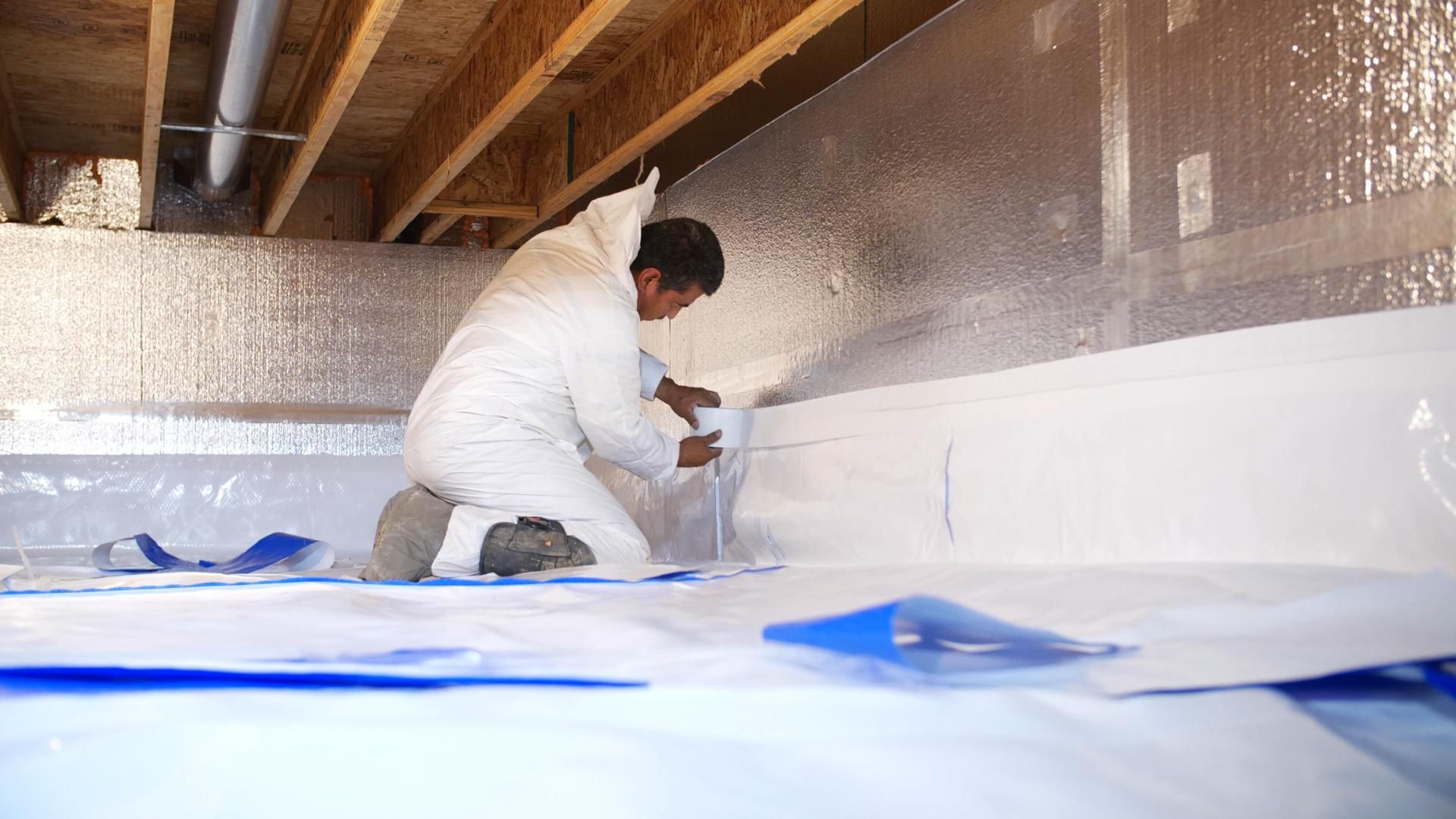
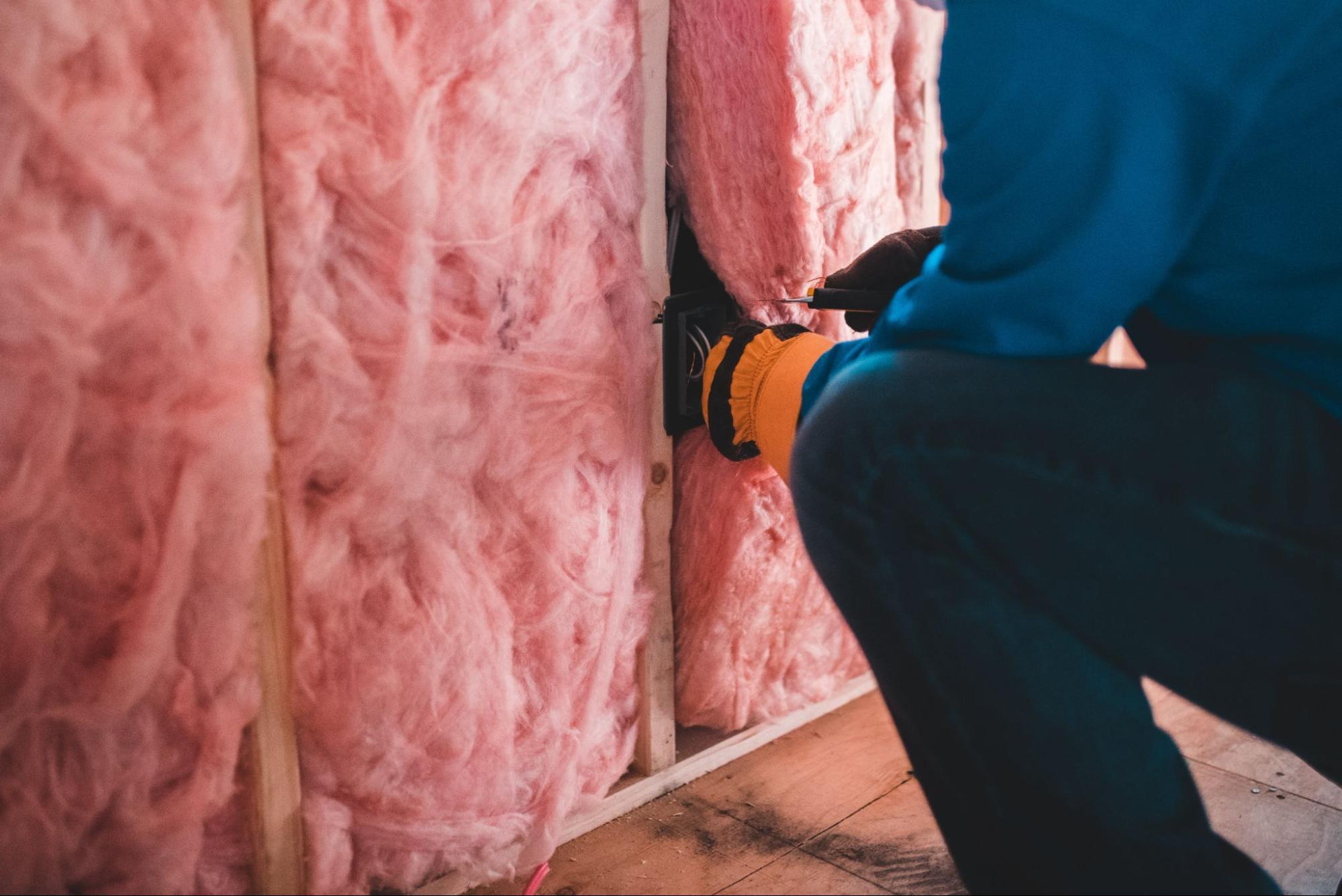
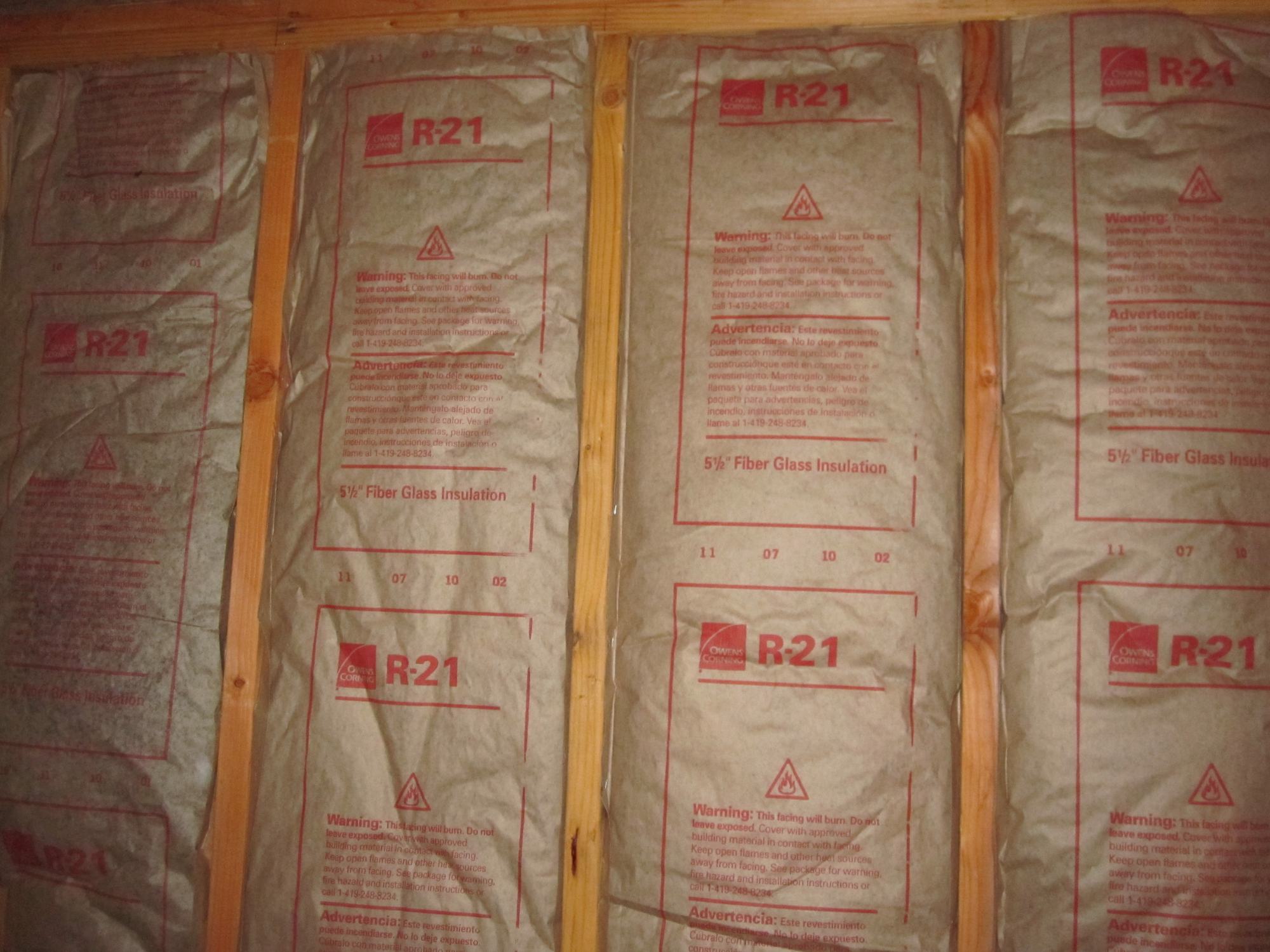
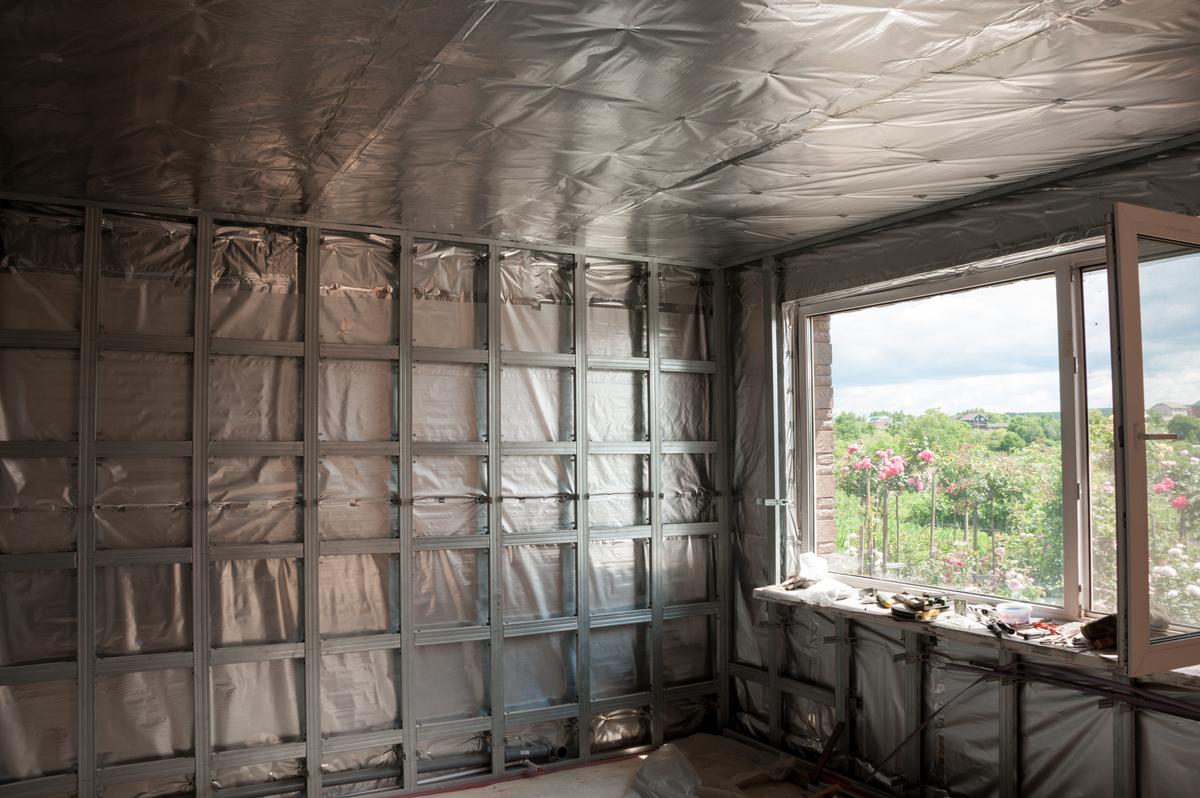
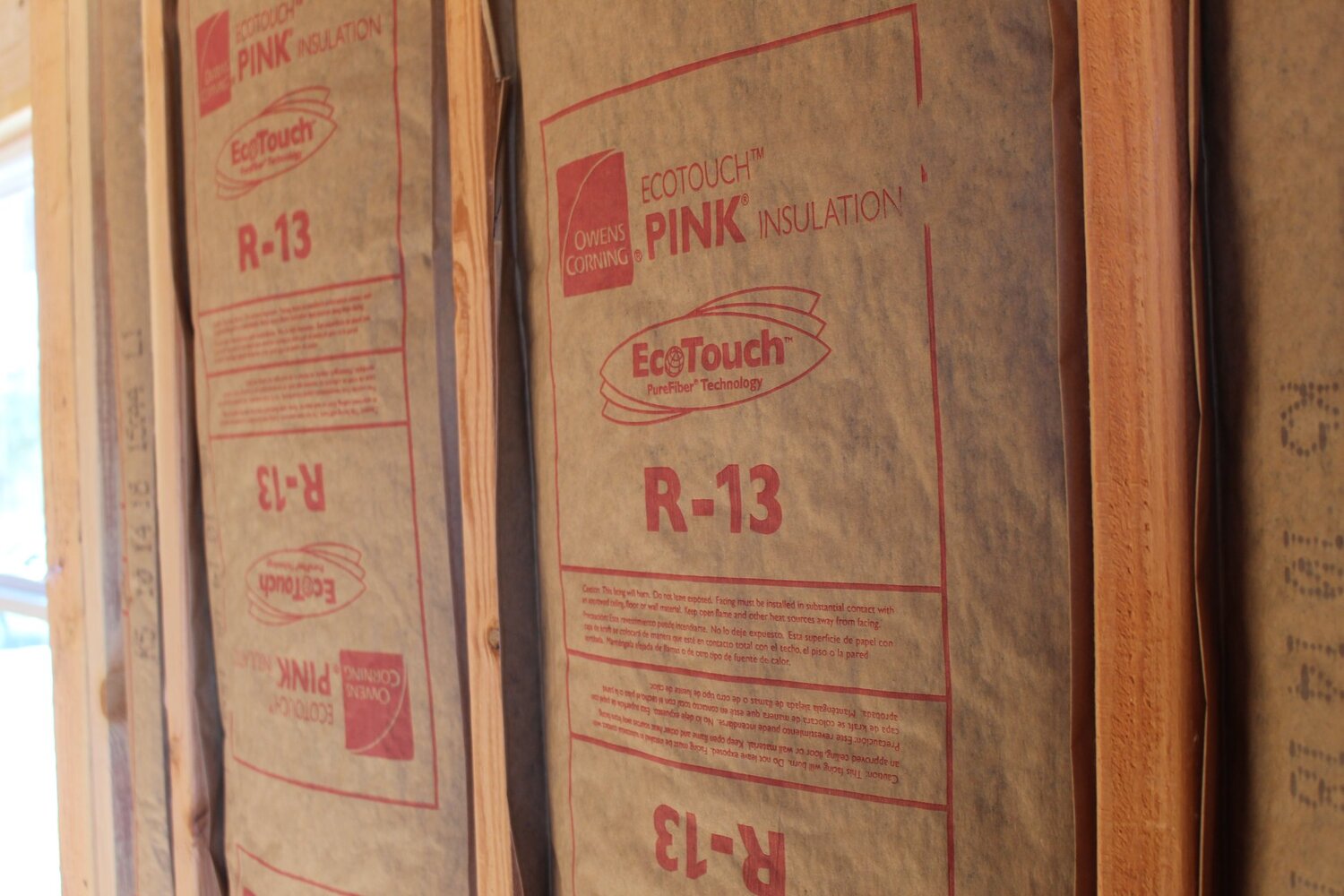
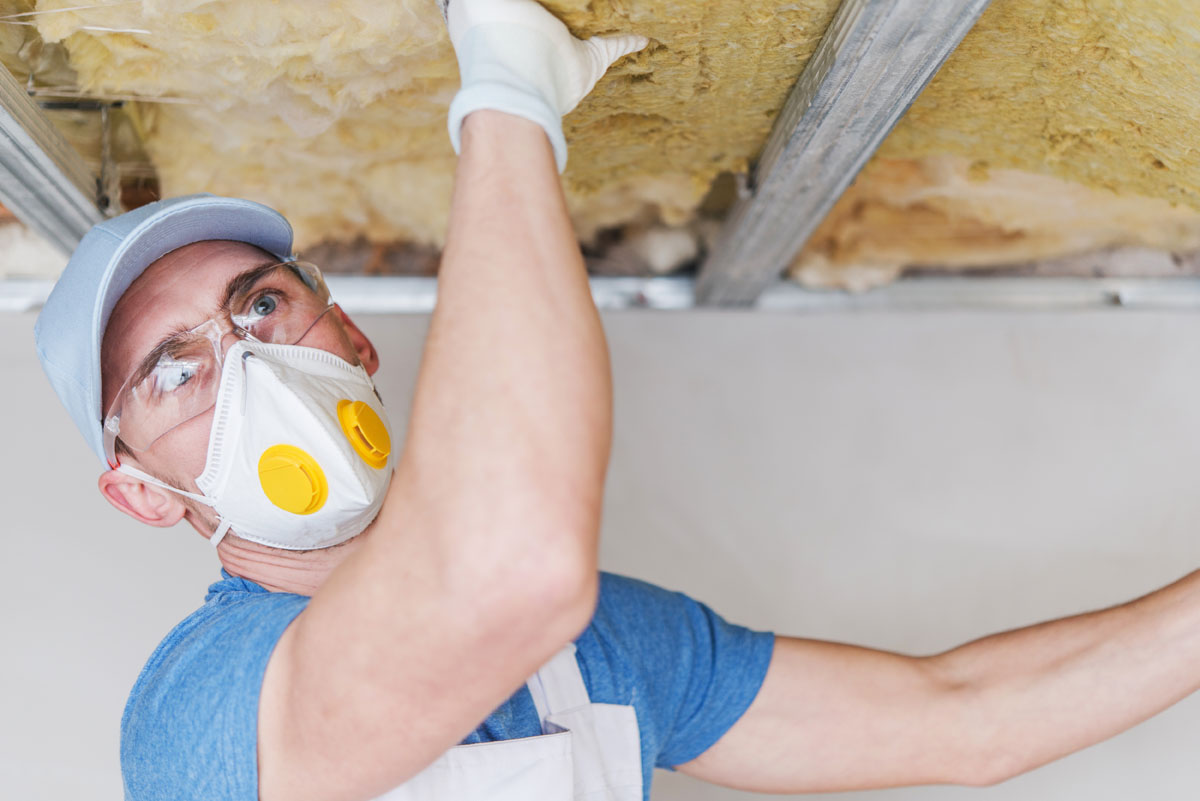
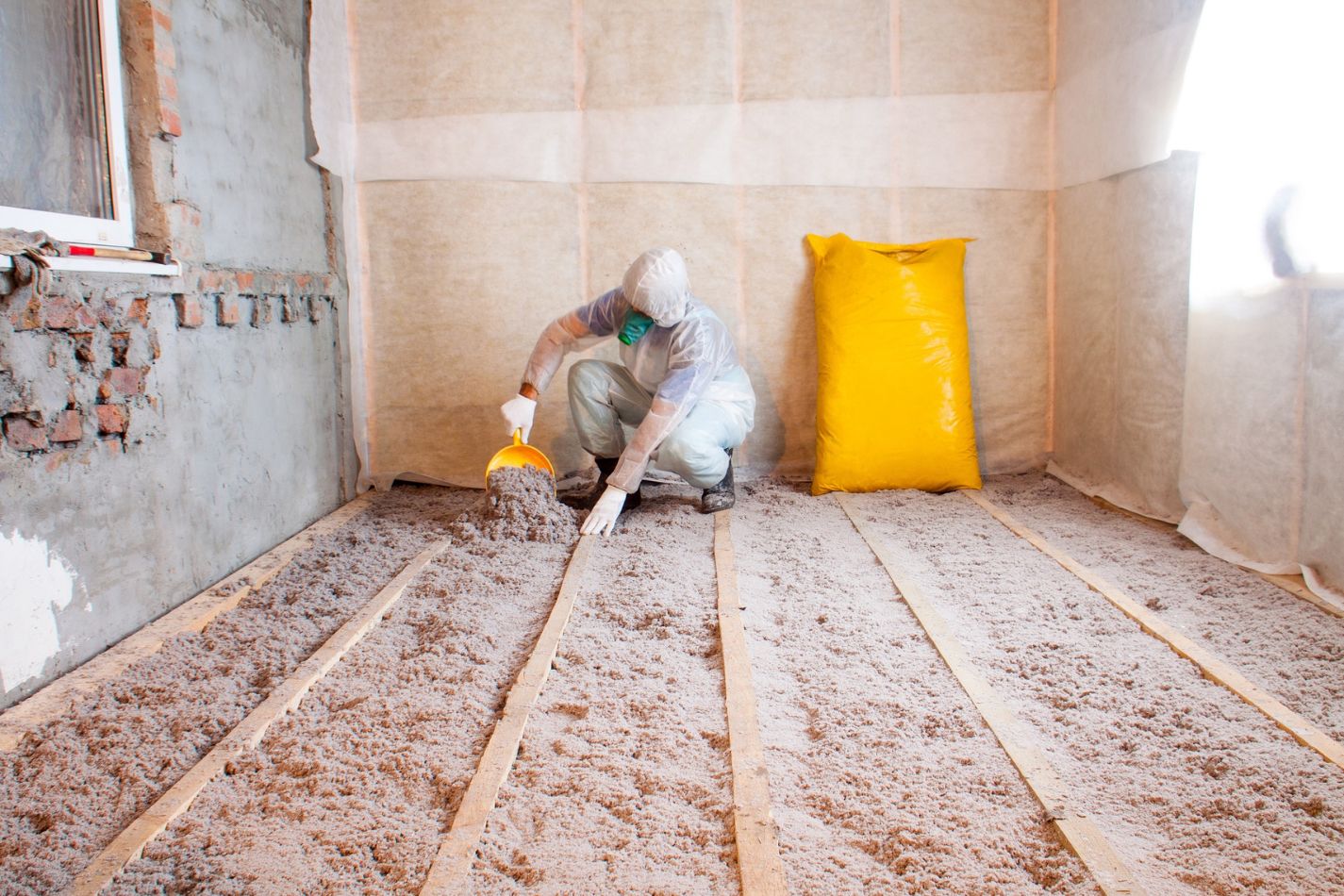
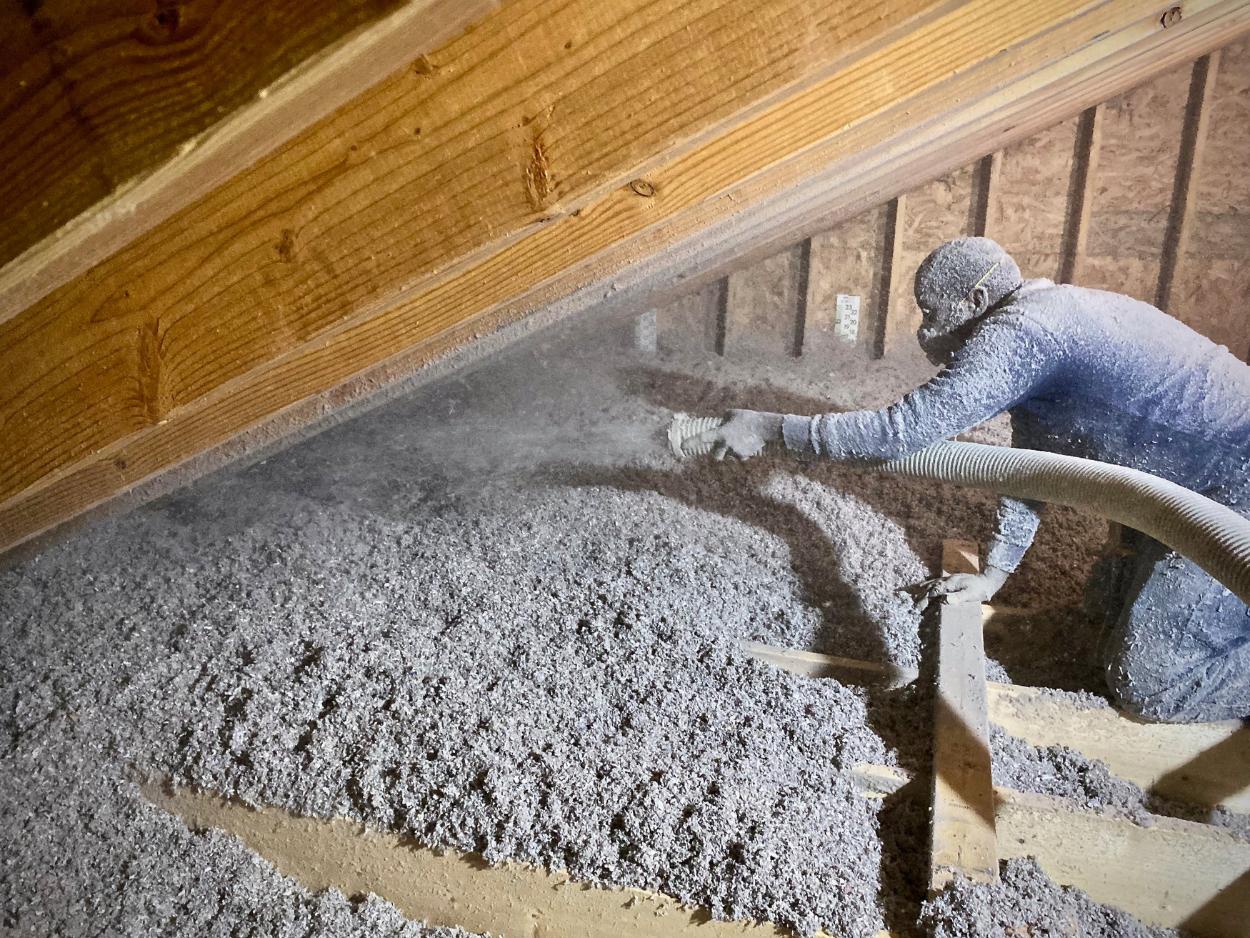
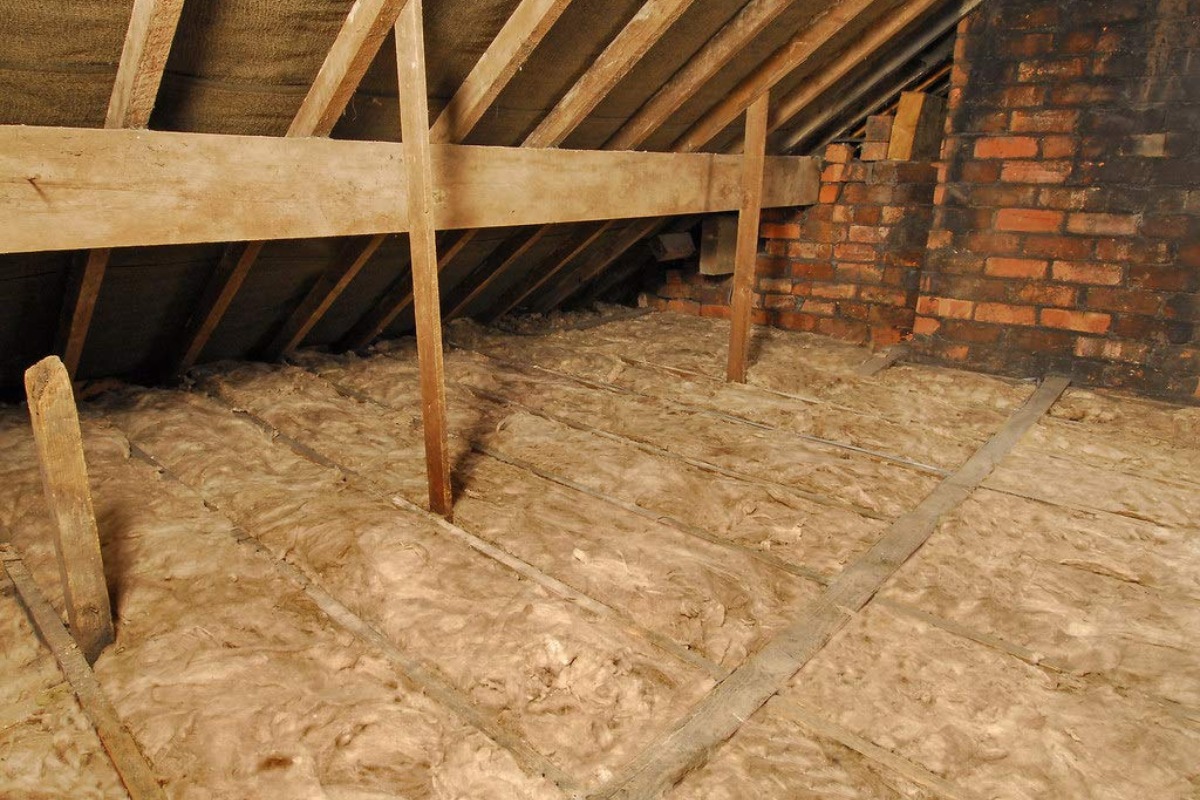
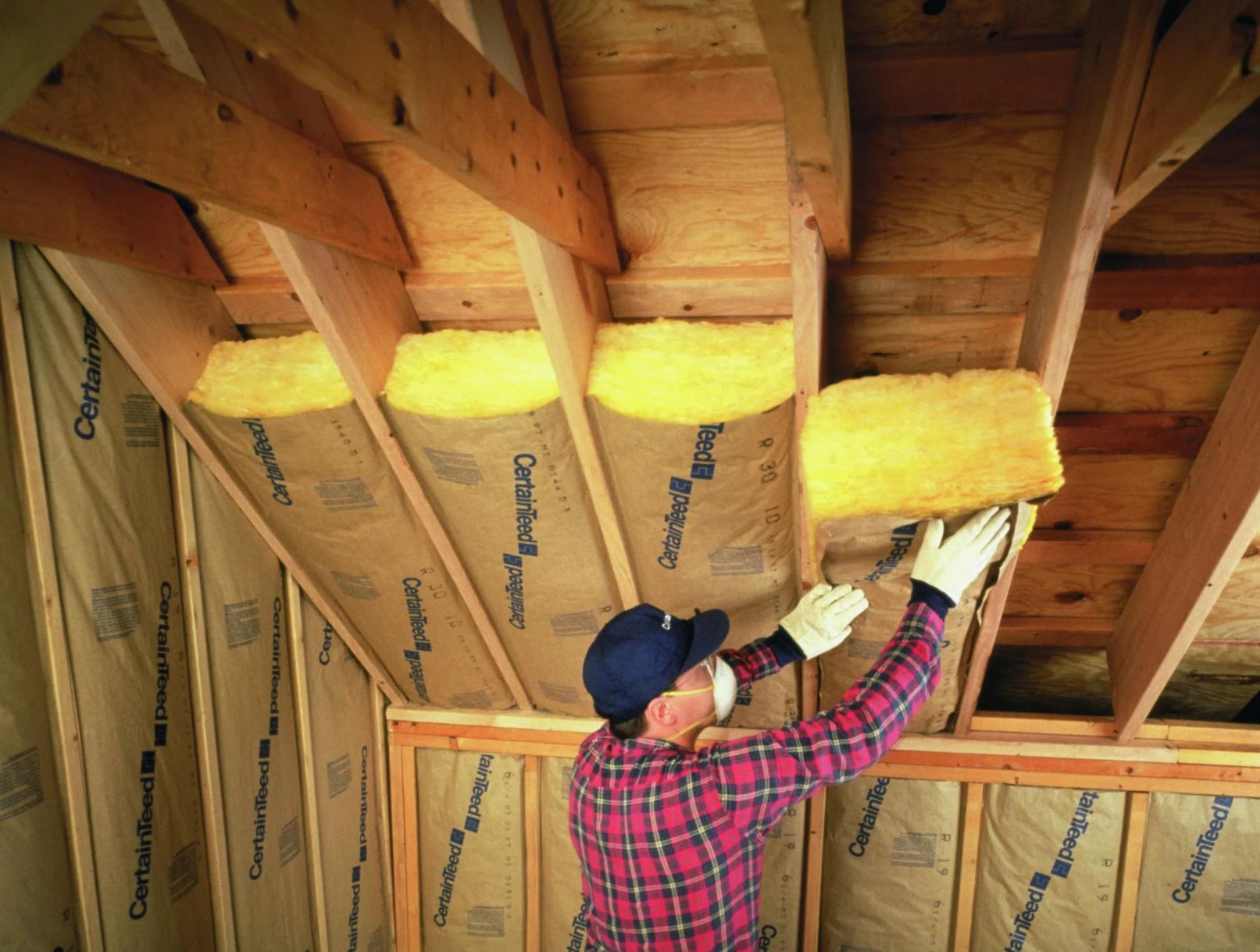
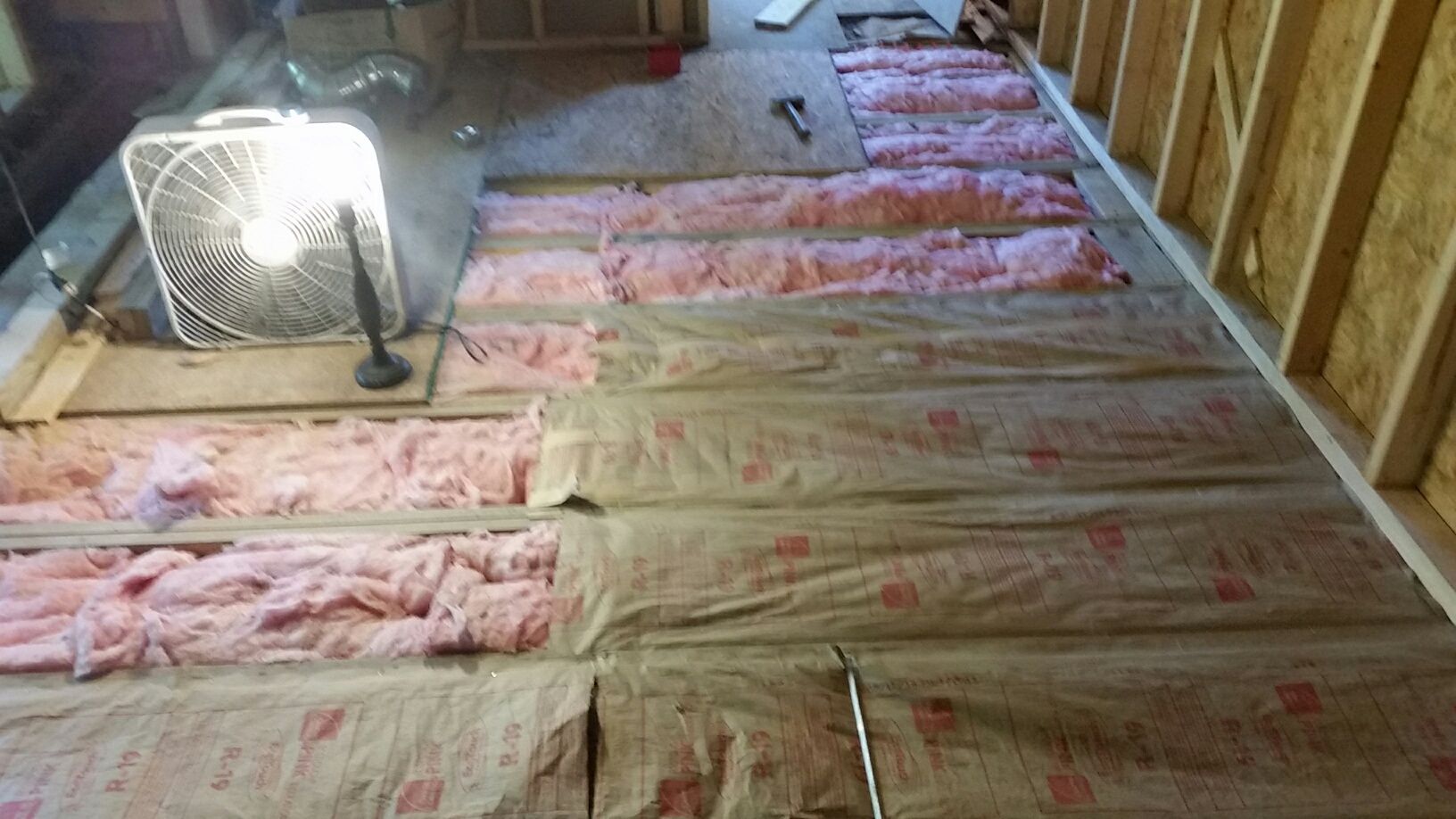
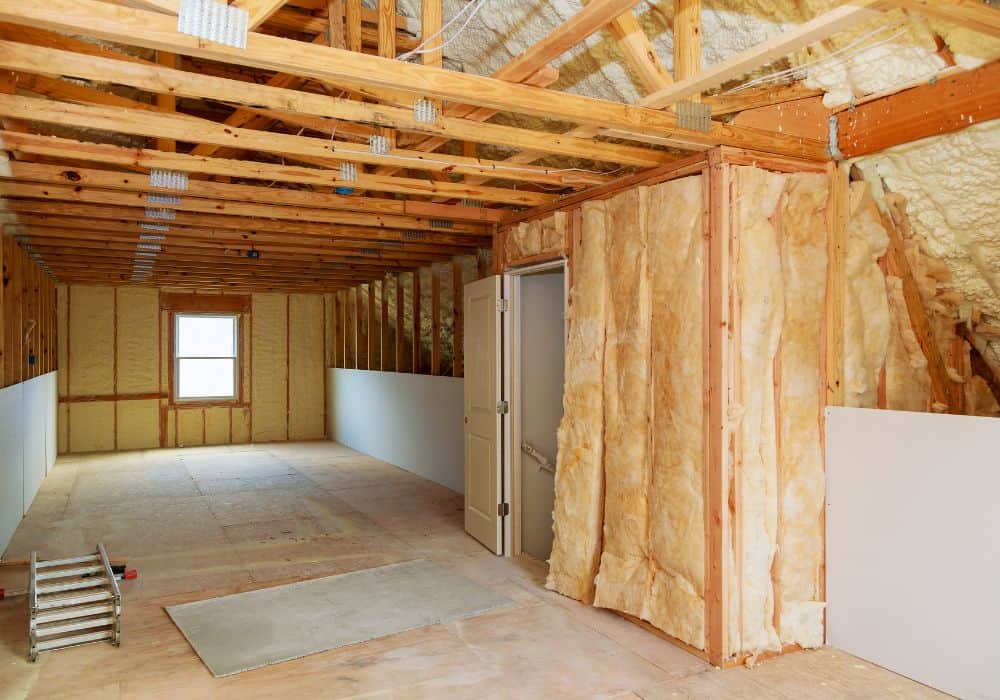
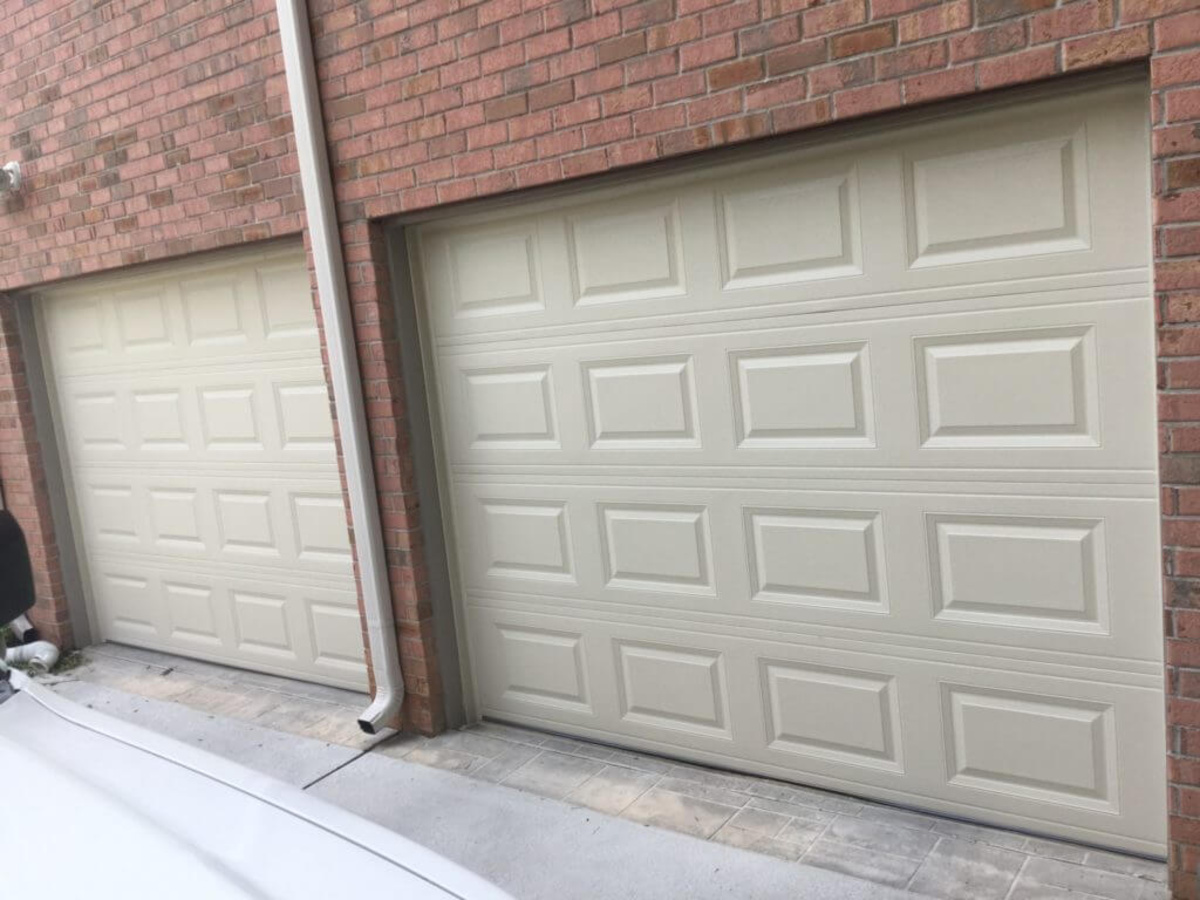

0 thoughts on “What R-Value Is Blow-In Insulation”